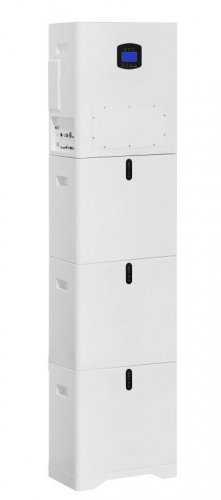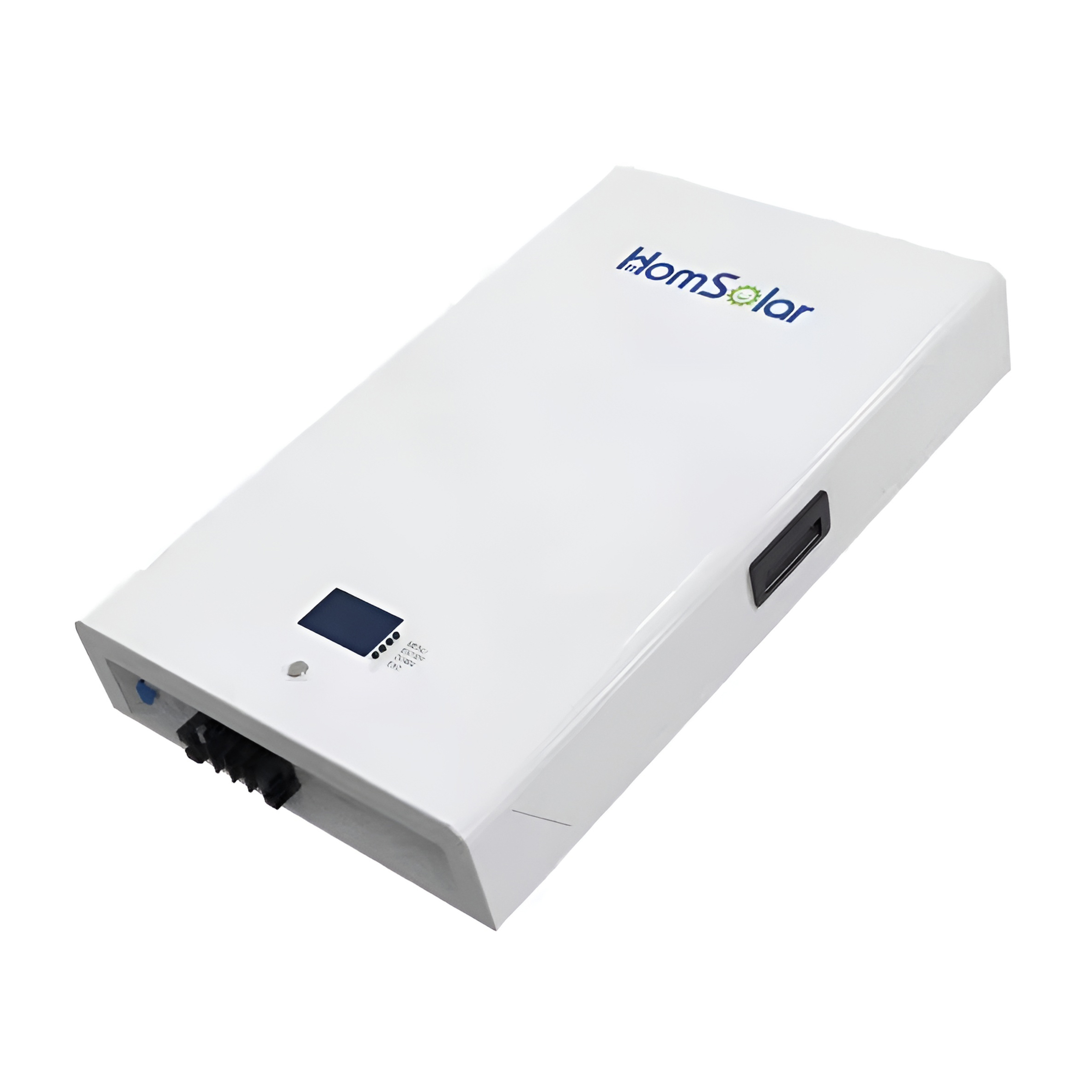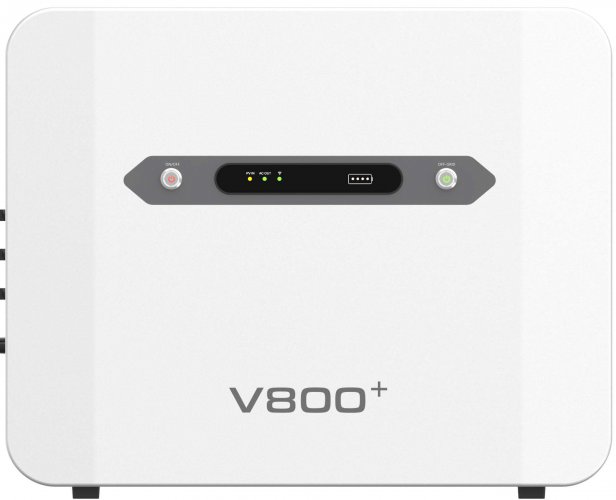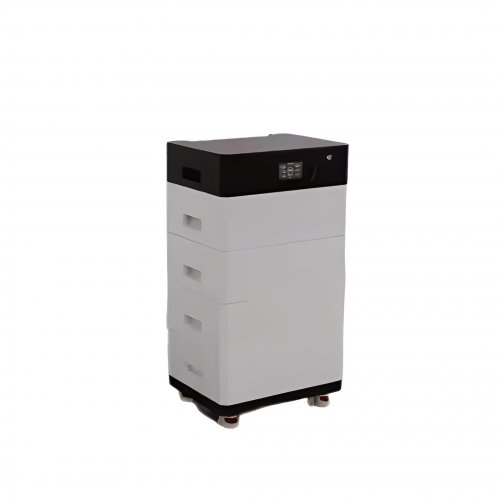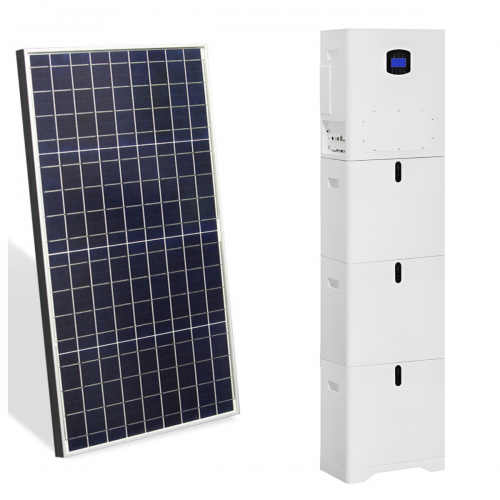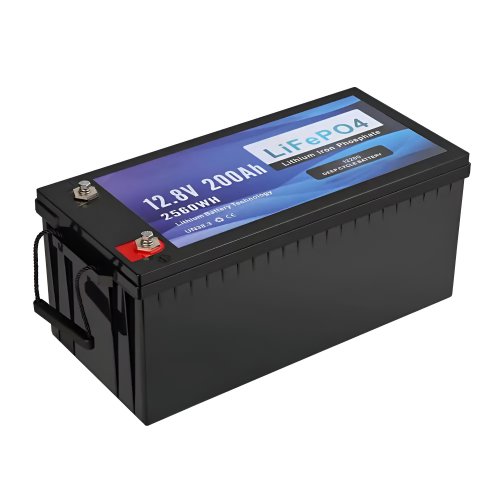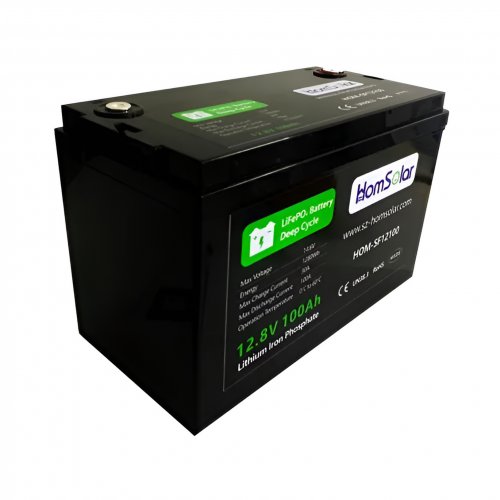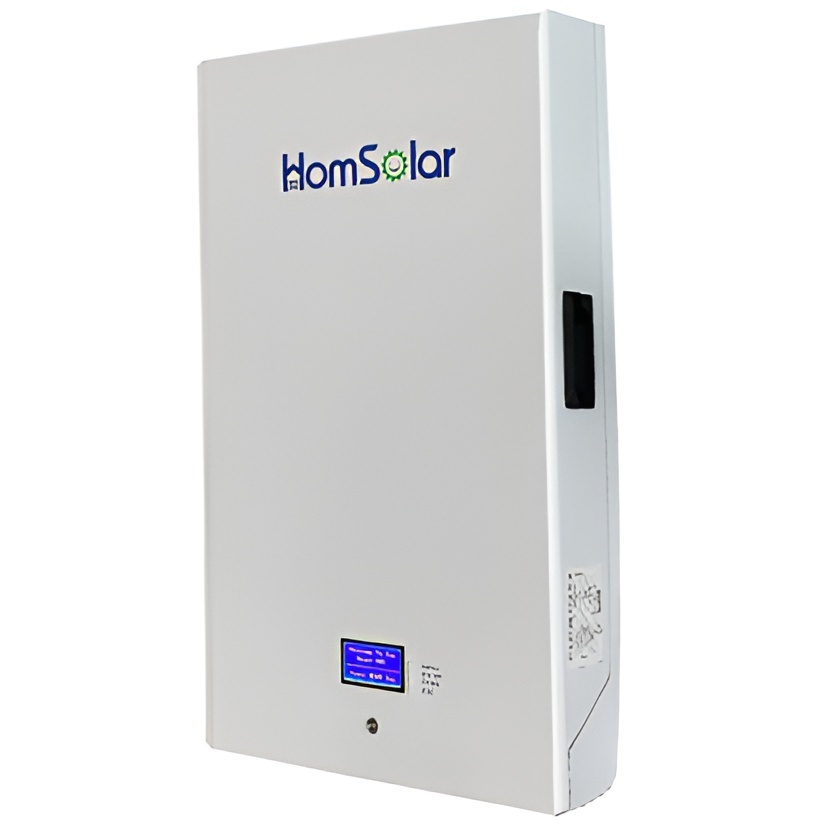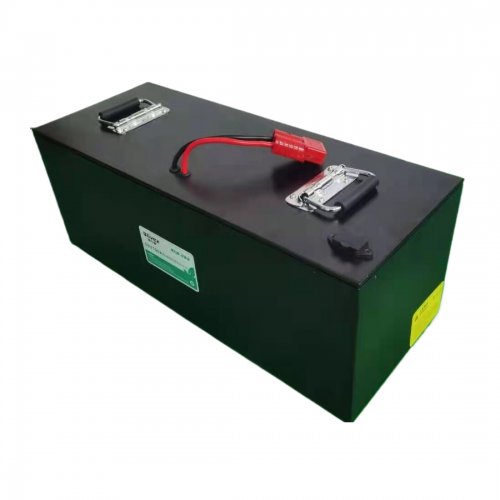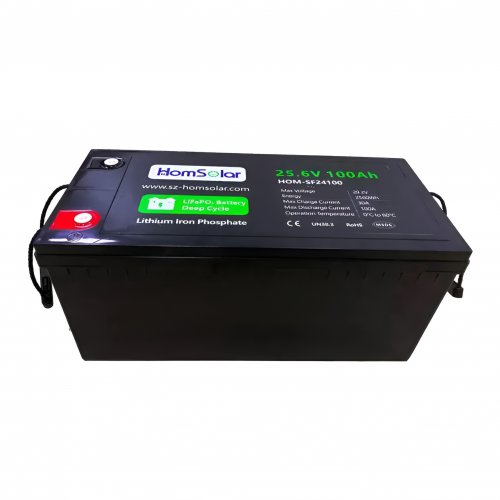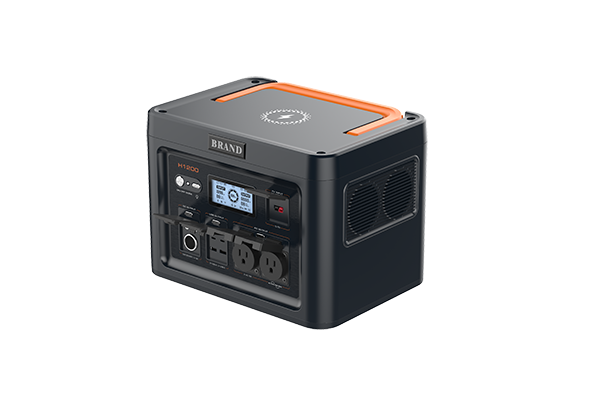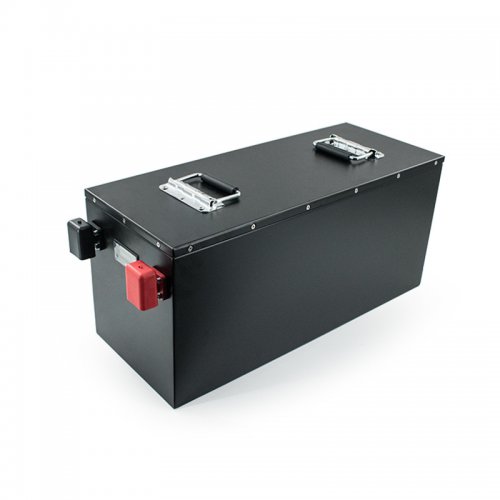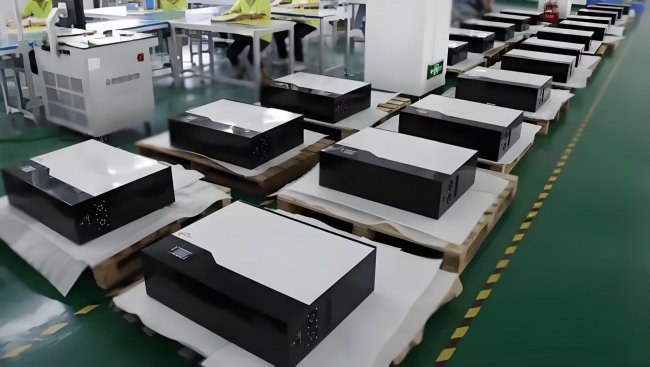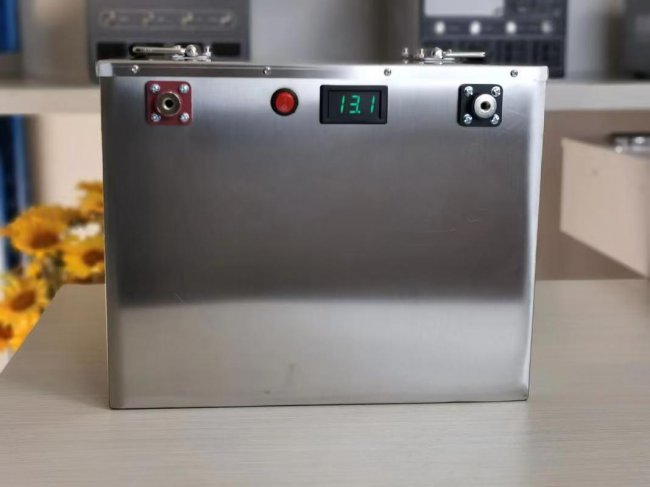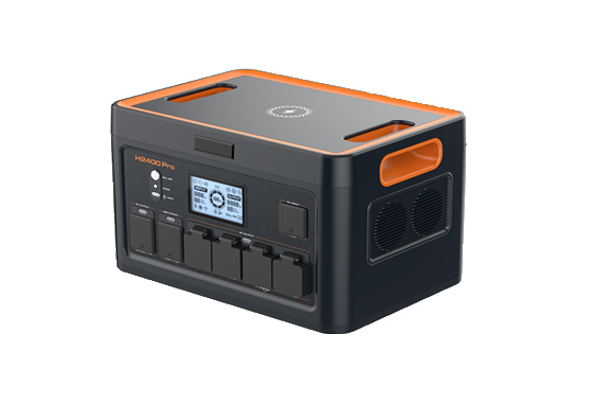Massachusetts allows increased demand charges to drive energy storage
From pv magazine USA
The Massachusetts Department of Public Utilities (DPU) has approved a rate change that enables large electricity customers to switch their billing structure, aiming to incentivize energy storage installations. As of April, National Grid’s large commercial and industrial customers classified as G-3 can opt to have their transmission charges calculated based on kilowatts (kW) rather than kilowatt-hours (kWh) as outlined in D.P.U. 23-150.
G-3 customers are large business customers with a 12-month average monthly demand of at least 200 kW for three consecutive months. This rate class is designed for high-energy users and includes special conditions, such as different rates for peak and off-peak hours. As shown in the rate class chart below, large users pay a significantly lower rate for “energy,” which traditionally refers to the electricity rate, compared to their “transmission” charge.
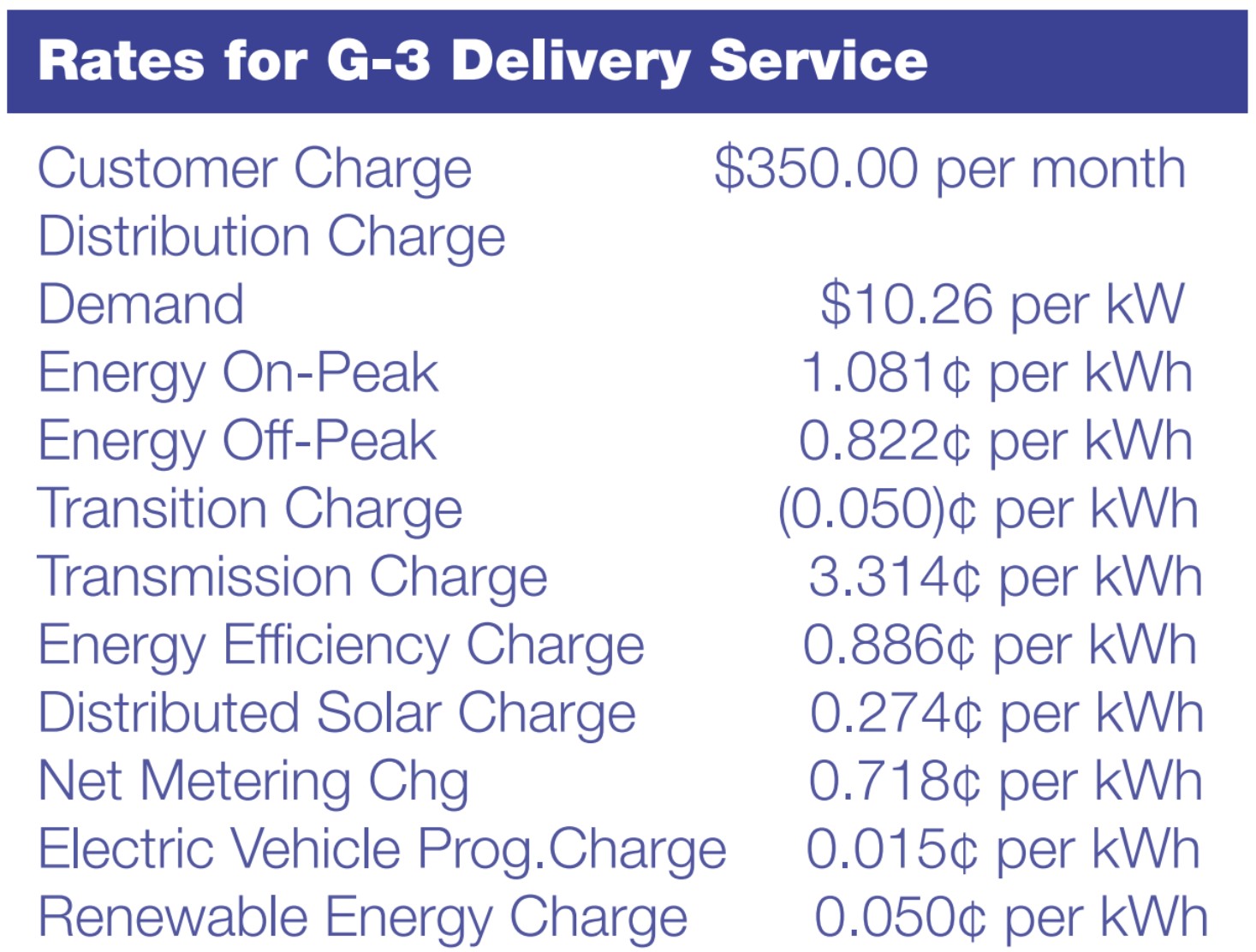
Shifting transmission charges to a demand-based structure, measured in $/kW, allows energy storage systems to mitigate these costs, enhancing their financial viability and return on investment.
Austin Dawson, Deputy Director of Energy Policy at the Massachusetts Department of Energy Resources (DOER), highlighted the benefits of the new rate structure in a LinkedIn post:
Under transmission coincident demand charges, G3 customers have the opportunity to save money on their electric bills by lowering peak demand coincident with system peak, which will lower National Grid’s share of Regional Network Service (RNS) costs in addition to contributing to the deferral or avoidance of future transmission investments.
The RNS fee is determined by the total electricity demand of National Grid customers in Massachusetts at peak times. National Grid pays the New England Independent System Operator (ISO-NE) to ensure adequate electricity supply during high-demand periods. By deploying a network of batteries at points of high energy demand and using them to reduce peak loads, overall system efficiency improves, and reliance on infrequently used resources decreases.
Dawson noted that although G-3 customers represent less than 1% of National Grid’s customer base, they account for 27% of coincident peak demand.
Jeffrey Glassman, owner of logistics and warehouse company “Darn It!” in New Bedford, has installed five solar power projects on his buildings, including two behind-the-meter systems. “Since installing solar, we’ve mostly offset our electricity use,” Glassman said. “However, newer net metering rules and demand charges leave us with some unavoidable costs, which is why we’re considering batteries.”
New England has been integrating battery storage for peak shaving since at least 2018. Combined with the growth of small-scale solar, leading to the emergence of the “duck curve,” these developments have contributed to the declining viability of fossil fuel generation in the region. This trend has resulted in New England’s last coal plant losing out on capacity payments and the scheduled closure of the Mystic Gas Generation facility.
The U.S. Department of Energy’s Lawrence Berkeley National Laboratory, several years ago, modeled that demand charges greater than $15/kW would generate energy storage returns on investment that would drive installations.
Customized/OEM/ODM Service
HomSolar Supports Lifepo4 battery pack customization/OEM/ODM service, welcome to contact us and tell us your needs.


HomSolar: Your One-stop LiFePO4 Battery Pack & ESS Solution Manufacturer
Our line of LiFePO4 (LFP) batteries offer a solution to demanding applications that require a lighter weight, longer life, and higher capacity battery. Features include advanced battery management systems (BMS), Bluetooth® communication and active intelligent monitoring.

Customised Lithium Iron Phosphate Battery Casing
ABS plastic housing, aluminium housing, stainless steel housing and iron housing are available, and can also be designed and customised according to your needs.

HomSolar Smart BMS
Intelligent Battery Management System for HomSolar Energy Storage System. Bluetooth, temperature sensor, LCD display, CAN interface, UART interface also available.


Terminals & Plugs Can Be Customized
A wide range of terminals and plugs can be customised to suit the application needs of your battery products.

Well-designed Solutions for Energy Storage Systems
We will design the perfect energy storage system solution according to your needs, so that you can easily solve the specific industry applications of battery products.



About Our Battery Cells
Our energy storage system products use brand new grade A LiFePO4 cells with a battery lifespan of more than 4,000 charge/discharge cycles.



Applications in Different Industries
We supply customized & OEM battery pack, assemble cells with wiring, fuse and plastic cover, all the cell wires connected to PCB plug or built BMS.
Applications: E-bike, Electric Scooter, Golf Carts, RV, Electric Wheelchair, Electric Tools, Robot Cleaner, Robot Sweeper, Solar Energy Storage System, Emergency Light, Solar Power Light, Medical Equipment, UPS Backup Power Supply.
We can provide you with customized services. We have the ability to provide a vertical supply chain, from single cells to pack/module and to a complete power solution with BMS, etc.


HomSolar (Shenzhen) Technology Co., Ltd







